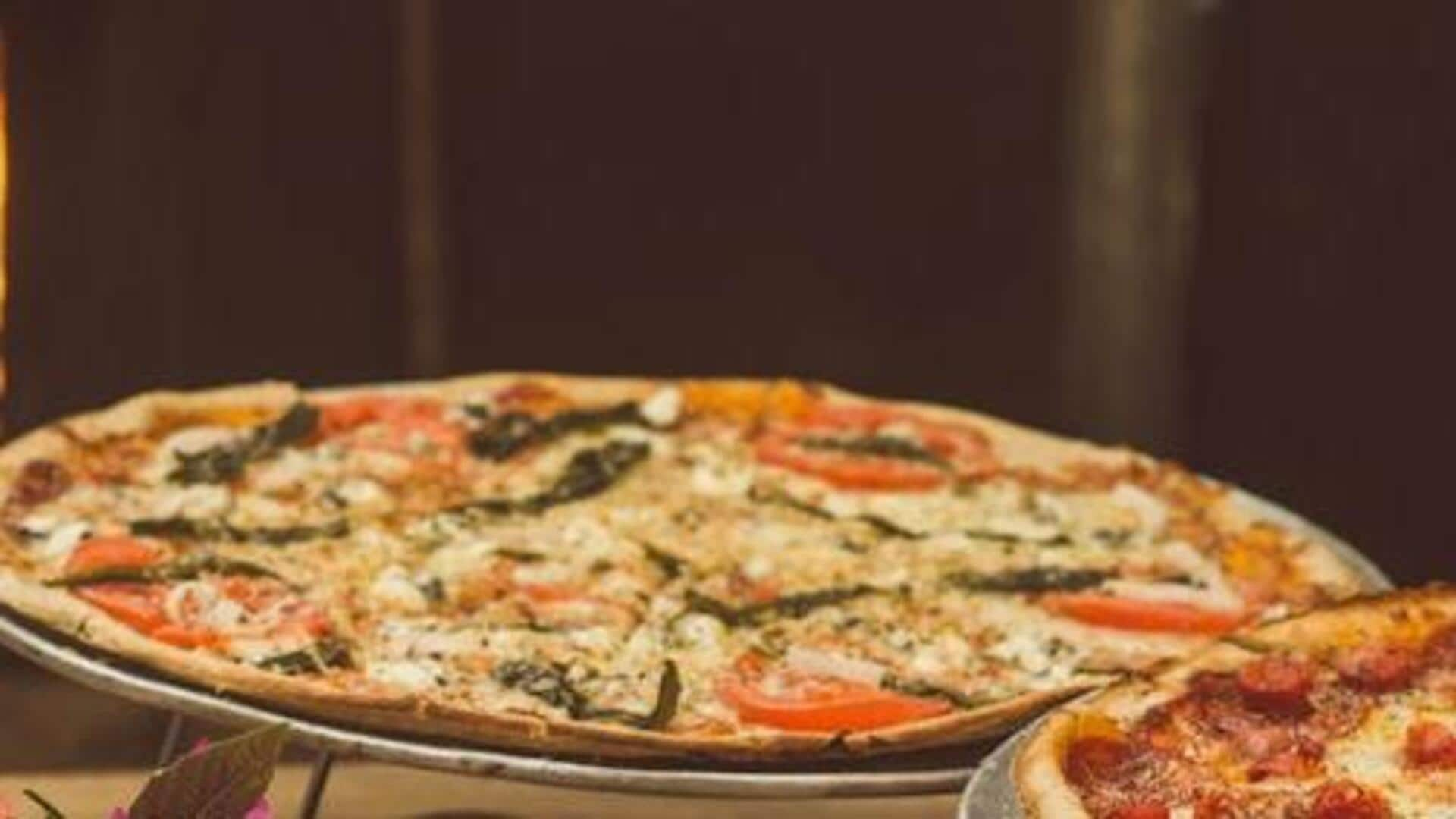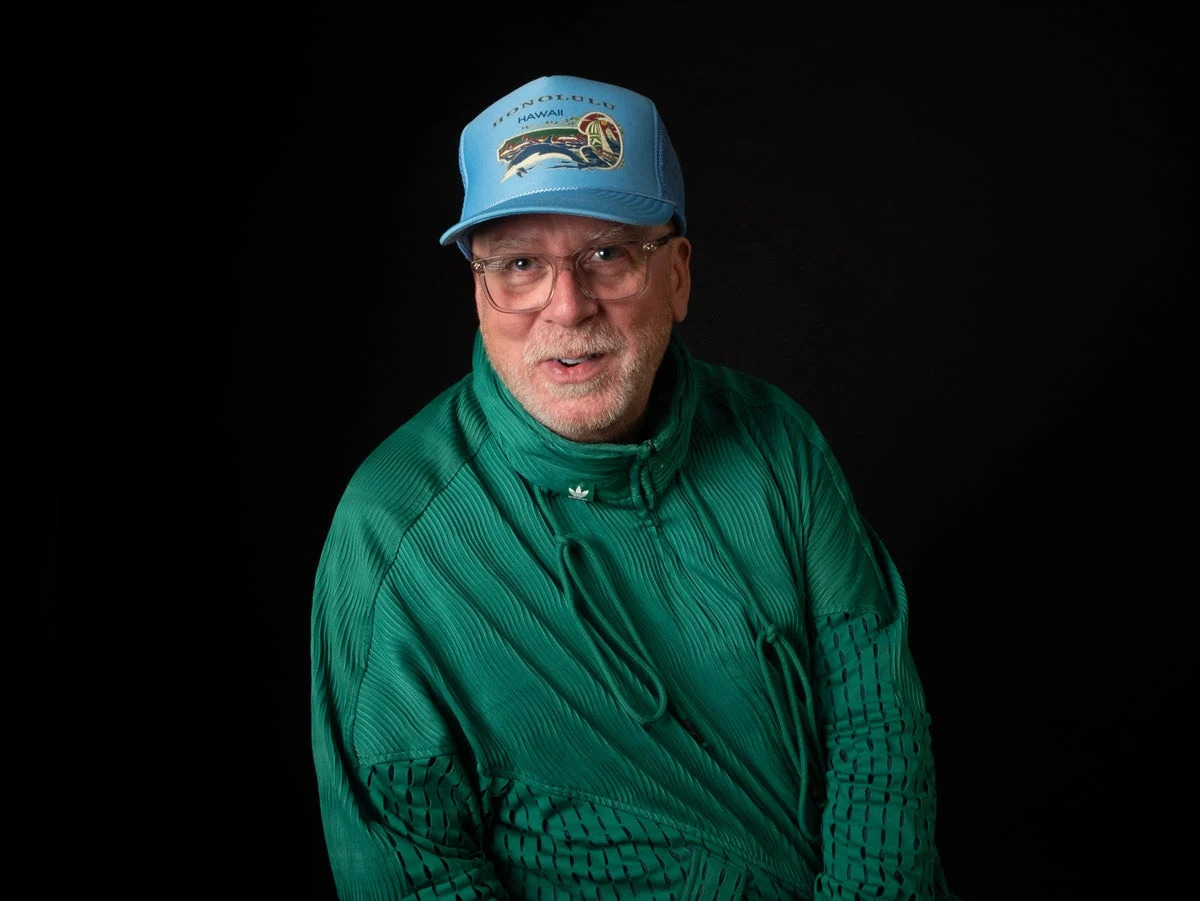Art, by its very nature, is reciprocal. It’s an energetic conversation between the artist, the viewer, and the presenter—each contributing to its impact. Art is universal.
And, in many respects, multilingual— . It’s why you can stand before a 500-year-old painting or hear a musical arrangement composed by an artist from a completely different environment and era and still feel profoundly connected. Art is transcendent.

Its marvel lies not in a singular perspective but in its ability to be perceived through the lens of personal experience. The beauty is in its myriad interpretations. That we can experience art in our own language, regardless of origin, period, or the creator’s context, is nothing short of miraculous—a miracle at Pentecost, if you will.
The power of art finds resonance in the hands of those who wield it as a tool for activism. Artists like and expressed the collective rage and optimism of a people, have shaped our understanding of historical moments. conveyed the profound hope and oppression of the Black American experience, while with striking clarity through his photography.
Whether it’s the duty of Black artists to lend voice to the struggle is often debated, but modern storytellers like embrace this accountability. “I would envy me if I wasn’t Black,” he told ESSENCE. “What a terribly uneventful and bland experience it must be to not feel responsible to a people with such a rich history of struggle—not just suffering, but struggle in the political sense.
I’m honored to take on that responsibility and that mantle. Simpson stands in brilliant company across history and artistic mediums. Continuing in that tradition, today’s visual artists, performers, and poets embrace their roles as keepers of history, viewing art as a powerful form of activism.
is a master of movement with a natural talent for dance. Despite her gift, it wasn’t immediately apparent or easy to see herself in that role. “The craft that chose me was not created in my image, and I struggled and fought for many years to find appreciation and value within this system,” she told ESSENCE.
As a young , she faced challenges. “It was not very often that I was able to ‘see myself’ within the landscape of the dance community that I was placed in,” Clarke-Springer recalled. “There were no company members or mentors of color to guide me through the journey in which I would embark upon.
” Her formal ballet training began under the guidance of Claudette Soltis and later at the . But it was in Chicago that she truly connected with her tribe. “I found my voice within the roots of (DRDT),” she said.
“My identity and how I viewed myself holistically inside of my art finally had value.” It was there, where , that Clarke-Springer truly thrived. “I was granted permission to celebrate my blackness in my artistry and recognize that my body was not an apology within this artform,” she explained.
With a B.S. in Arts Administration-Dance from Butler University in Indianapolis, Clarke-Springer set out to make that experience a reality for others.
Today, as the , she oversees a diverse range of programming, including performances, repertory workshops, and outreach to over 4,500 community members annually. “There is a need in Chicago for a Black creative hub filled with beautiful, state-of-the-art rehearsal and performance spaces that support not only the technical skills of our professional dancers but the creation of emerging, established, and future legendary choreographers to come,” she said. By seeing a need and filling it, Clarke-Springer upholds a long-standing tradition of Black artists using their craft as a tool for change and community upliftment.
whose colorful, multi-textural, and innovative Drape paintings merged elements of painting and sculpture. As a Black visual artist, and redefined contemporary norms.This legacy of innovation finds a contemporary echo in .
Known as Queen Loany, Dunlap pushes the envelope of visual storytelling through her incorporation of digital art and collage. Her innovative approach and thematic focus explore both personal and social themes. A self-taught photographer, Dunlap transitioned to digital collage during the pandemic as a creative outlet due to the lockdown restrictions.
“COVID-19 played a major role in me sticking with collage because we couldn’t leave our homes,” Dunlap recalled. Her early pieces reflected the social impact of COVID-19 and police shootings in her community. These days, she has successfully merged art and commerce.
With nearly 20K followers, her exceptional works are well-known, and . On her purpose, Dunlap is crystal clear: ‘My inspiration is the beauty in blackness and the Black American experience. .
While I do use my artistic voice to address some of our trauma, I feel it is more my responsibility to uplift and encourage my community despite the negative imagery often portrayed by the media about the Black experience.'” Art, particularly in its written and lyrical forms, is a vessel for cultural preservation through personal storytelling. , among her many facets of artistry—poetry, stage performance, film, and dance—stands out as an oracle and master of reinvention.
Her timeless proverbs—” “— have left an indelible mark on the cultural zeitgeist. In an era where threaten to silence vital narratives, artists play a crucial role in cultural preservation. Writer, poet, and spoken word performer embodies that role, navigating a landscape that often selectively presents historical truths.
“We’re taught about in school, but less about . We hear about , but not so much about or ,” he noted. Simpson’s work exemplifies the artist’s responsibility to confront and preserve.
As someone who is “committed to transforming the world in a positive way,” his latest book, , exemplifies his dedication. “The book explores what it meant for me being a Black boy coming up in the Midwest; Ohio specifically,” he shared. Black boyhood is a recurring theme in his work.
By weaving personal narrative with broader cultural commentary, Simpson continues a vital tradition of using art to amplify voices and stories that demand to be heard. Through their work, Simpson, Clarke-Springer, and Dunlap continue a rich legacy of artists, ensuring our stories are preserved and thrive in the collective consciousness..



















